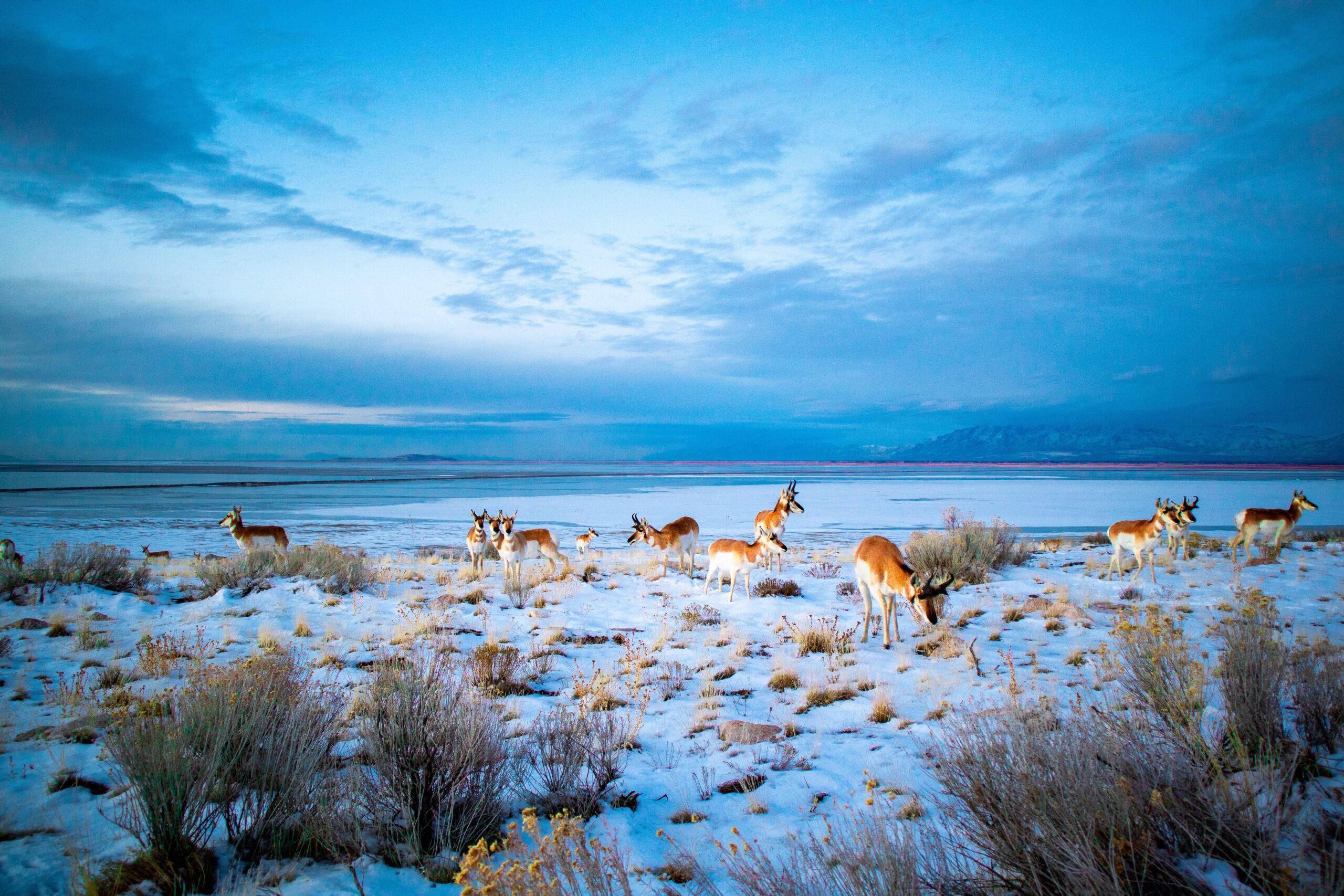A decision in the nation’s highest legislative chamber looks to build on a nearly 50-year commitment to conserving the nation’s most important natural wonders. This June, the House of Representatives passed a resolution to provide essential funding to bolster the wildlife protections spelled out in the 1973 Endangered Species Act.
The bill, which amassed 194 total cosponsors including both Republicans and Democrats, now enters the Senate for deliberation following a 231–190 decision in the House. It would be a significant step forward in the current administration’s mandate to protect and preserve the thousands of America’s endangered or at-risk species.
Named the Recovering America’s Wildlife Act, the bill would allocate more than $1.3 billion in federal funding for ground-level wildlife conservation. Allocation is decided based on need.
A portion will go to different states with significant wildlife populations and more immediate needs, with the rest going to a mix of American territories and Indigenous Tribal communities.
In addition to bolstering the protections conceived in the 1973 Endangered Species Act, which failed to provide funding to enforce those protections, the current bill looks to build off of the Pittman-Robertson Act of 1937. The 85-year-old law first came as a response to decreasing populations of game and waterfowl by giving states the power to create conservation funds through a hunting supply tax; however, it was not sufficient to support conservation practices on a wider scale. This new bill will provide millions to states to help safeguard the 1,600 non-game species that are considered threatened.
If passed, the bill would elevate conservation funding beyond the capacity of the existing State Wildlife Grant Program, which doled out a total of $56 million to states this year. One potential obstacle comes from critics concerned about fiscal viability. Arizona representative Bruce Westerman said he thought that the bill, which would require that a minimum of 15% of all annual conservation spending be allocated for the protection of federally endangered species, was “regrettably flawed” in that it creates a longstanding program rather than a one-time consideration.
However, Senate optimism remains high as a companion legislation piece already has 16 GOP co-sponsors on top of what looks to be robust Democratic backing. This optimism comes in addition to a statement of strong support from the executive branch and a host of nonprofit organizations like the National Wildlife Federation. “The bottom line is, when we save wildlife, we save for ourselves,” Collin O’Mara, CEO of the organization, told NPR.
In Florida, supporters have cheered the progression of the bill as they look to address nearly 700 species of concern state-wide. “This is the most important piece of wildlife legislation in the past 50 years,” Amanda Moore, Gulf director at NWF, told WQCS. ”This bold, bipartisan bill will tackle the problem at scale, without new taxes or regulations.”
As currently constructed, the passage of the bill would grant Florida an estimated $28.6 million for conservation efforts. First on the list of priorities will be assisting the survivability of the famous Florida panther and species like gopher tortoise and nesting shorebirds.
Washington will see a similar boost as the Sunshine State. Current projections include an estimated $20.7 million in federal funding. If passed, the money will help the conservation of a total of 268 species that are designated as being “in concern,“ including the sharp-tailed grouse, pygmy rabbit, and Pacific fisher.
“This is the most important piece of wildlife legislation in the past 50 years,” Mitch Friedman, who works as executive director for the Conservation Northwest nonprofit, said in a news release. “Washington’s wildlife faces many challenges, and this bold, bipartisan bill will allow for tackling problems proactively and on the ground without new taxes or regulations.”





